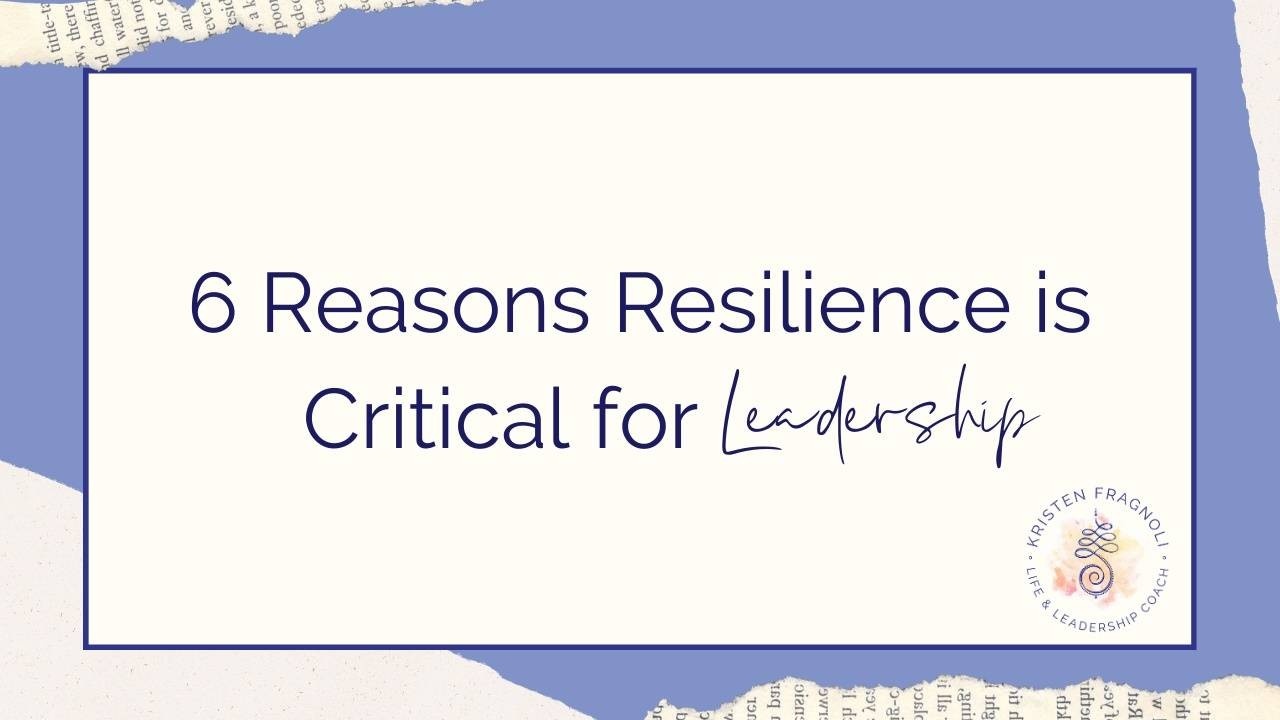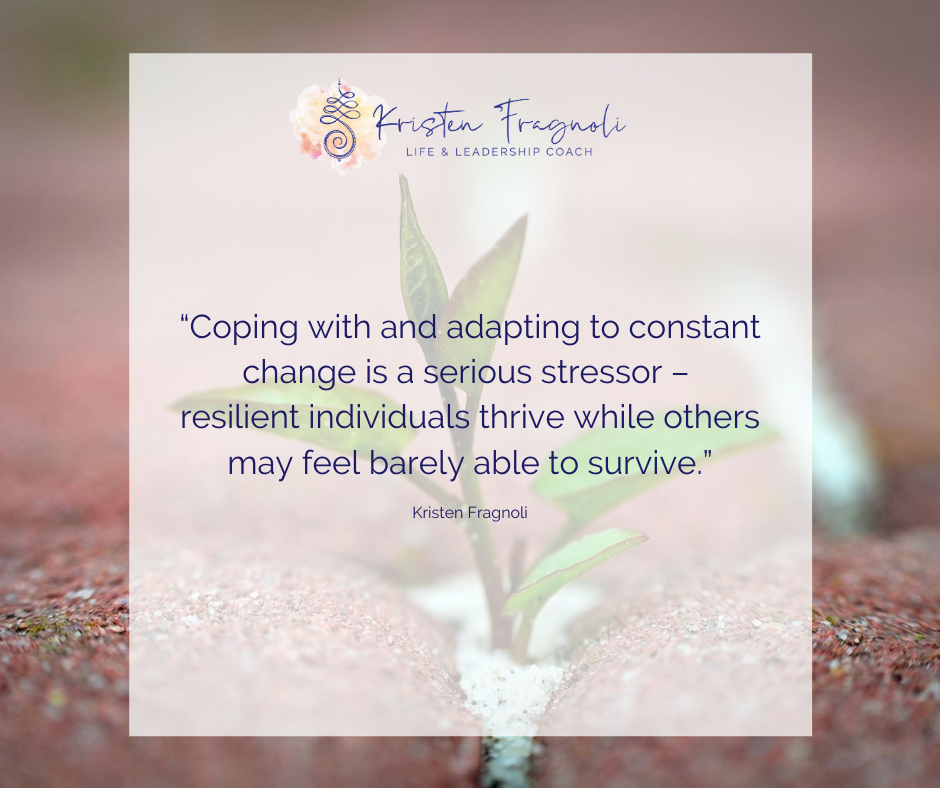6 Reasons Resilience is Critical for Leadership

Leaders face many challenges supporting, guiding, and inspiring teams.
They are called on to build a broad and versatile set of skills to create change, motivate action, and mediate conflict - among many other expectations. Extraordinary leadership requires adaptability and responsiveness to a host of ongoing demands; now more than ever leaders must understand how to develop individual and team resilience if they want long-term success.
Resilience is not only the ability to bounce back after difficulty and endure through tough times, but it is also the ability to face a multitude of experiences with optimism, authenticity, and genuine care for others. True resilience helps you grow; it helps you Bounce Forward.
Resilient people are skilled in self-care, open to growth and transformation, and are grounded in the knowledge of their strengths and deepest personal values.
Building a Culture of Resilience in our personal lives and in our organizations is critical right now for the following reasons:
1. The experience of the Covid-19 pandemic has thrown us all off-balance from our previous “normal.”
We are experiencing a collective, traumatic experience that requires us to support ourselves and others in ways we’ve never done before.
2. The pace of change in our workplaces and in society overall is lightning fast!
Coping with and adapting to constant change is a serious stressor – resilient individuals thrive while others may feel barely able to survive. This was true before the pandemic and will continue afterward.

3. 24/7/365 connectivity.
Staying connected, working from a remote location, and easily crossing time zones are all benefits of our hyper-connected lives, yet we also know how the constant draw of email, social media, virtual meetings and the like blurs the boundaries of work and “life” and can quickly cause burnout. Resilient leaders prioritize self-care and recovery time for themselves and their teams and recognize the emotional energy that hyper-connection requires.
4. Our teams are more diverse than ever.
Many in the US are finally working toward a deeper understanding of what it means to be anti-racist and inclusive of all people. Diverse teams are more creative, innovative, and adaptable than homogeneous teams, and striving for diverse and inclusive workplaces is essential. Diverse teams enrich all colleagues and stretch us to listen and consider new perspectives and ideas. This is desirable, yet takes emotional energy, an open mind, and a commitment to others that resilient people are more likely to bring. Working to create lives and workplaces that are truly inclusive and equitable is hard work that we need the wherewithal to continue.
5. “Lone Ranger Leadership” no longer suffices.
Say goodbye to the days of singular, authoritarian bosses who call all the shots and hello to collaborative, collective decision making, shared project management, global partnerships, and inclusive leadership. Leadership redefined in this way requires flexible, adaptable, and resilient team members who can practice emotional and social intelligence.
6. Customers and clients demand personalized experiences.
Regardless of your product, service, or industry, cookie-cutter solutions will not move you and your team into the “big league.” Each sale, each proposal, each fiscal year will bring new expectations. That means static, unchanging solutions will leave you struggling to keep up. Innovation and energy, coupled with mindful steadiness, is a key component of success that resilient people deliver.
Regardless of the setting, building a culture of resilience is both urgent and important for leaders who are seeking high performance and for individuals who see an integrated, joyful life.
Culture grows from (and is reflected in) the behaviors and practices of an organization; now more than ever, building resilience must be a priority enacted throughout an organization – not just talked about or written into goal statements. What does that look like? Watch for the post that outlines 7 areas of practice to build individual and organizational resilience for practical how-to insight about building resilient cultures.
How would more resilience help your team?


